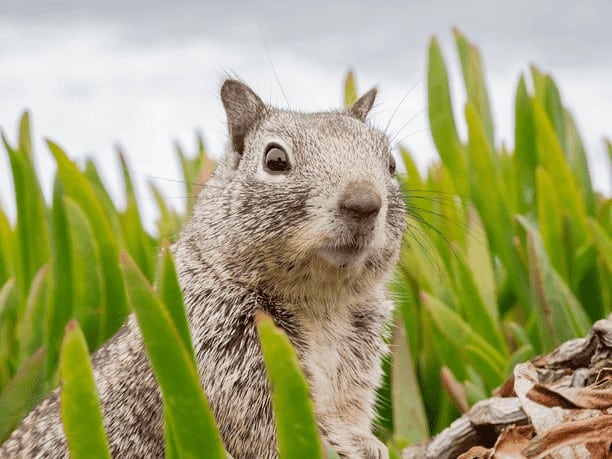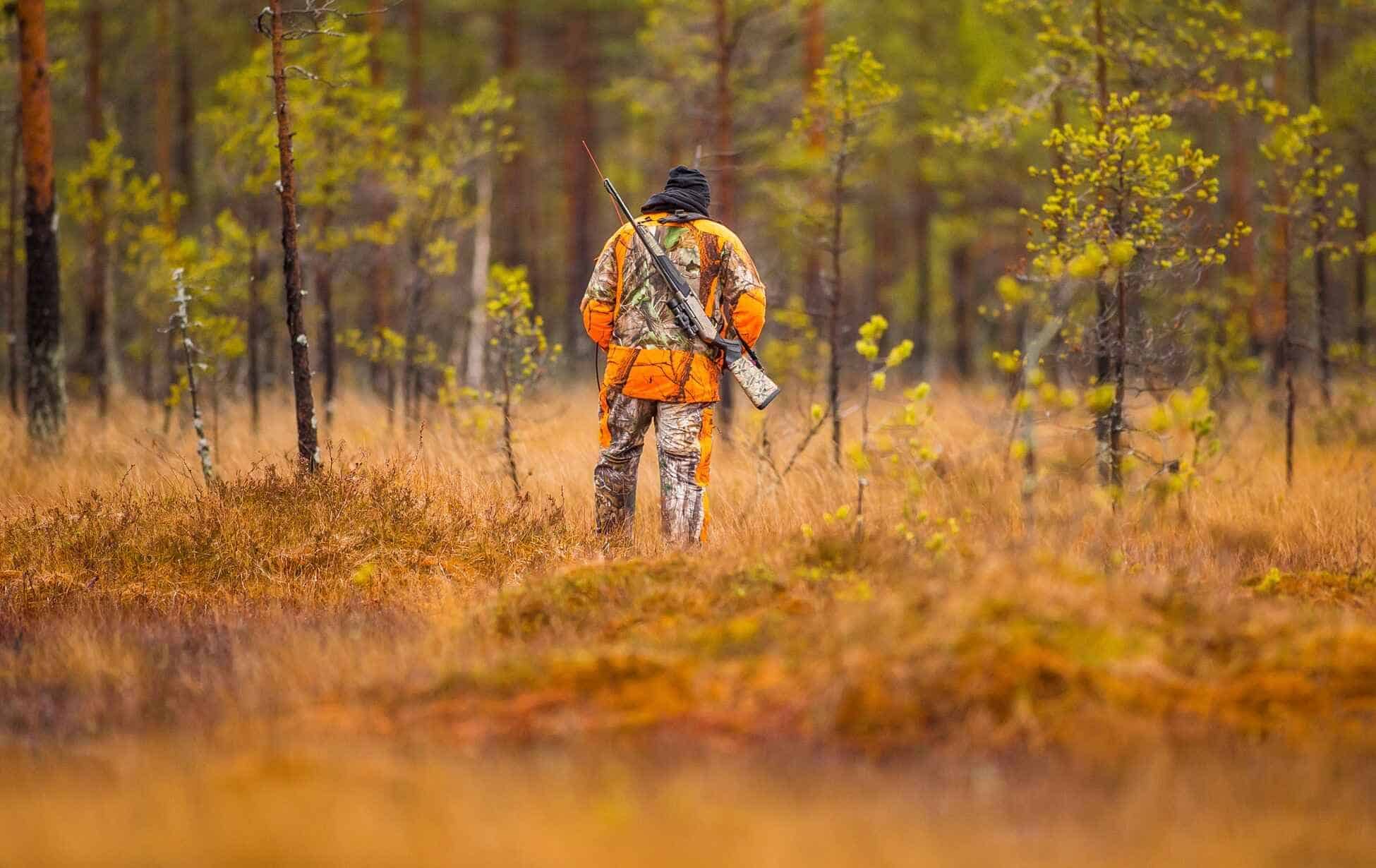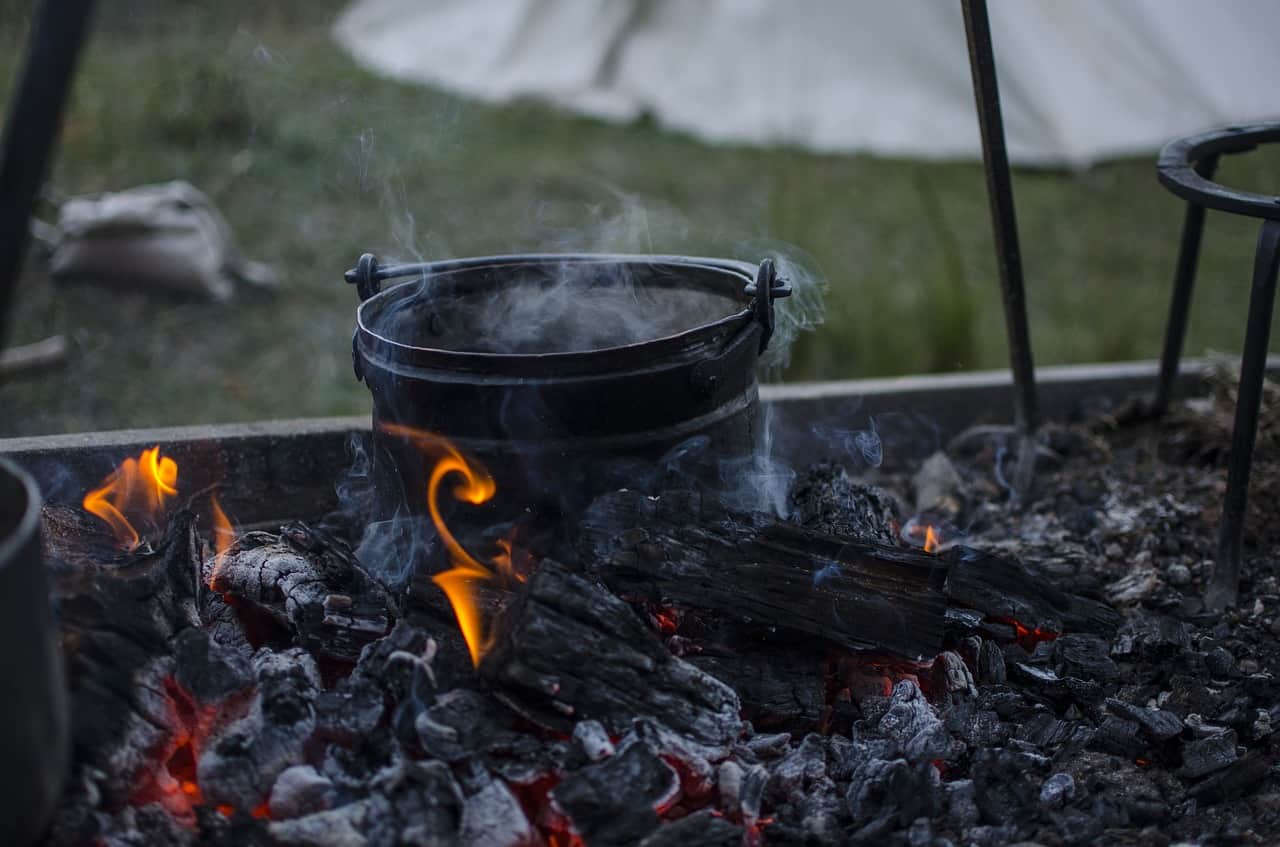Squirrels are one of the most common animals to find out, rummaging around in forests, deserts, and even suburbs. Some of their breeds also count as pest animals, ruining gardens, homes, and even certain ecosystems. It seems like they’d make for a decent source of game meat, but are they actually edible?
Yes, they are. You actually can eat squirrels – in fact, they’ve grown somewhat popular in that regard. They’re often compared to rabbits, and make for a very nutritious and sustainable source of protein. Just make sure you deal with the common issues they deal with as pest animals before taking a bite or two.
Squirrels have been a mainstay game meat in the US, and their popularity overseas is gradually improving with time and exposure. See why for yourself down below.
Can You Eat Squirrel?
The Future of Sustainable Protein

Squirrels have been a staple in American cuisine for centuries, so scarcity has never been an issue. They’ve in fact been eaten all around the world for thousands of years, often making critical elements in stewpots and plates alike. It’s also rather cheap for its size and nutritional value.
Squirrel meat lost favor past the time of the settlers and into the 20th century due to its association with poorer communities, and not any real aspect of itself. This was further exacerbated by a number of health scares misattributed to the meat.
Some species of squirrel are more invasive than others, with a notable example in the UK being the grey squirrel. It’s displaced their native red squirrels, and are in fact encouraged by the government to be hunted and consumed. Squirrel meat makes for fine meals regardless of social interpretations – just don’t mind the trends.
The meat itself can best be seen as a cross between rabbit and chicken, being very lean, sweet, and nutty. This is likely to their diet skewing them towards a preference for nuts and berries. Their active lifestyles also have them develop powerful leg muscles, to the point the bulk of their meat will be found on their haunches, or hind legs.
While squirrels are technically omnivorous, they’re usually predisposed towards high-energy plant products over insects and carrion. The taste of their meat reflects that, though you may want to steer clear of their stomachs just to be on the safe side.
Hunting Squirrels
Squirrels are an invasive species, like wild hogs and skunks. As such, hunting restrictions are laxer compared to other animals – the main concern is primarily the legality of your methods. Make sure you check for legal documentation and restrictions before setting out. Ignorance of the law doesn’t excuse anyone, and the ramifications are liable to come with a hefty financial cost.
Squirrels are an invasive species for a reason, and not just because they breed quickly enough to offset population dips. They’re nimble, responsive, and can easily blend into foliage or tree bark.
Tracking

When hunting smaller game like squirrel, it’s advised to pace yourself and be ready for a long wait. The hunting process actually has quite a bit more in common with fishing than most expect, and waiting for half an hour for a good kill is better than stumbling around for a day only to go home with nothing.
While it’s not strictly needed, take some measures to make your stay comfortable. Steer clear of food, drink, or anything that gives off signs of humans in an area. Avoid anything that could dampen or distract your periphery. Stick with items that offset physical strain, like cushions to sit on while you wait or warm clothing to beat back rough winds.
Spooking squirrels is easy to do on accident, and the time it takes for them to return should fall within an hour at the most. They make for very small targets that end up difficult to spot, and the method of killing them to preserve their meat and hide necessitates very precise shooting. You might have some luck scanning for rustling leaves or them pressed up against tree bark.
It’s also important to remember that squirrels are pretty clever. One of their most common tricks is circling a tree trunk to lose their pursuers. No one wants to be played by a squirrel, so keep yourself wary of this common trick they employ.
If you happen to bring a buddy along, the two of you could flank the animal. Another hunting partner would mean more noise and throw off the animal’s usual patterns though, but the extra set of eyes and hands will certainly prove useful.
It boils down to preference regarding taking that option, but we’d advise you to learn enough to at least manage it on your own to be on the safe side.
Shooting

Try to bait them to your position of choice, because most common squirrel spots are in pretty awkward areas – usually concealing foliage or atop tree branches. Peanut butter, nuts, and other high sugar foods serve this purpose well but may attract other animals you weren’t looking for.
Draw them towards the ground, as shooting game in trees complicates accuracy, damage control, and even retrieval efforts. A squirrel carcass falling from a tree damages the pelt and wastes precious meat, and that’s assuming you even hit it. It’s quite possible for the squirrel to simply wait you out there.
Spot them with binoculars before approaching, and try to close to at least a hundred feet before taking the shot. Most common weapons for this purpose (shotguns, bows) can’t guarantee lethality at ranges beyond that, not to mention the accuracy concerns. A .22 caliber rifle can manage a bit more than that, but closing the distance is preferable for such small targets.
As usual for small game animals, try to shoot them in the head. This way leads to minimal pelt and meat damage while ensuring a quick and humane kill. If this can’t be achieved, try to aim for their heart – the sweet spot should be just a bit under their neck and can provide a clean kill as well.
Avoid shooting them while they directly face either towards or away from you, as this might risk overpenetration and more parts ruined. Even small-caliber cartridges could lead to this issue.
Weather

Winter is one of the worst months to hunt squirrels, as they usually have a good stockpile of food by then and are intended to wait out the worst of the cold. You might get some sparse activity here and there, but nothing one can seriously rely on.
While they don’t hibernate, their food reserves and fat stockpiles can see them through the harsh season. Instead, try to hunt them down in the months leading up to winter. They’ll be far more active in their efforts to stockpile supplies to tide them over.
On another note, squirrels are diurnal, and can be very active during warmer periods of time. Hunting them in the summer months makes them easier to catch out, but comes with risks like parasites, which would be dead or gone should you find them in colder seasons.
Clear weather also means more activity and an easier find. Light rain leads to them scurrying towards trees and clearings for cover, which can reduce the area you need to watch for while hunting. The ideal weather depends on the hunter: the pros and cons above are simply for personal consideration and preference.
Medical Risks

Squirrels are known to often carry quite a few diseases under their fur. A few standouts that affect humans including tularemia, typhus, and ringworm infections. These can get into human systems by bites, scratches, or even simple skin contact from carrier animals.
Thankfully, these three major risks can be managed well enough by simple heat and seasoning. Tularemia can be cooked out of meat at 160 degrees Fahrenheit, while typhus can be dealt with via antibiotic herbs like garlic. Ringworm can be handled by both warm, soapy water and garlic.
Make sure to check in with your local county about potential animal diseases in the area before hunting. Even if those three can’t render the meat inedible, it’s always ideal to ensure your squirrel source is in a region free of those dangerous diseases.
Their fur also hosts all sorts of parasites, with the most common being mites, fleas, and ticks. They usually die out or go dormant in the winter months, which is a boon. Any other time of year those are caught, it’s best to treat the squirrel carcass with a thorough wash under soap and warm water. When skinning it, make sure to protect your hands with gloves to avoid the risk of bacteria.
Regarding the meat itself, abstain from certain organ meats. Squirrels are omnivores, though less so predisposed to meat and carrion than, say, a skunk. This means it’s less likely for their stomach to contain rancid meat or insects, but not impossible. You really don’t want to partake in your meal’s own last meal.
Avoid their brain matter as well, as it’s been known to transmit a human targeting variant of Mad Cow Disease in rare cases. Common symptoms include tingling sensations, psychotic behavior, dementia, and impaired motor functions. It can’t be cooked out safely, so don’t put yourself at risk.
Preparing Squirrels

Squirrels are often compared to rabbits, though one factor they don’t share is coat types. Rabbits can be stripped of their pelts very quickly, while squirrel hides are tougher and more connected to their muscle tissue.
Remove their tail, head, and feet first. Turn your squirrel around so its back is now exposed to you, then pinch the fur to make a gap. Cut across the backside, rather than along it, then strip away the skin in both directions. It should be challenging at first but comes manageably with practice.
After that point, gut the animal and preserve the organs you’d like to enjoy. As said before, dispose of the stomach. The best parts are pretty similar to rabbits – kidney, liver, and heart.
Common Cooking Methods and Recipes

Squirrel meat is pretty lean, just like a rabbit’s meat would, and requires similar treatment. A common concern is their susceptibility to drying out in the cooking process. This is because the meat tightens up and subsequently loses moisture at a quicker rate.
It can be seasoned so that the proteins denature and soften. Common options for this include ginger, garlic, and even plain salt or brine mixtures. You could also subject the meat to more manual treatments via tenderizing or scoring it, though the cooking method depends on preference.
Stewing it is another perfectly valid option, with plenty of entrees using squirrel meat even centuries ago. Brunswick stew is a recipe well known to use squirrel meat, though there were different variations that made use of rabbit or chicken as well. Stew provides soft, succulent meat and very hearty broth, further enhanced by the slight tanginess of your lean squirrel.
A common recipe for Brunswick stew involved beans, vegetables, squirrel meat, and tomatoes for the base. It changed based on available greenery and game around the environment but remains a mainstay for many palates even in the 21st century.
Slow cooking is also a nice choice for squirrel meat, but it does necessitate tenderization or other ways to prevent the meat drying out. Simply baste your game in olive oil, assorted vegetables, and whatever additions you’d like to incorporate for a few hours.
Some have also had success with a pan or deep frying their squirrel cuts. A squirrel can be prepared in just as many ways as most other meats, and the only real consideration is how to keep it from drying out. Most recipes suited for rabbits can easily be substituted with a squirrel for a subtle, sweeter change in flavor.
Final Thoughts
Squirrels make for a better meal than most people give it credit for, and are even being eyed to be a great source of sustainable protein nowadays. You can catch and cook your own squirrel with some quick preparation, and you’ll find it’s barely different from what you’d need to hunt rabbits. Give it a shot, and see how well they fare on your dinner tables.
